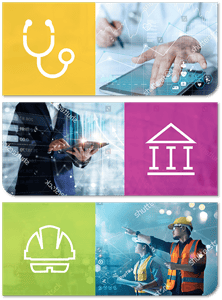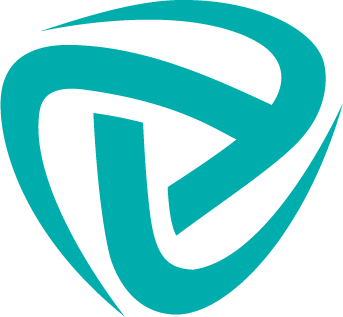The Channel is advancing—make sure your channel software is too
The end of June marked the release of Forrester’s Q2 Channel Software Tech Stack 2020, which recognized Triptych in the mix of Through-Channel...
We’ve seen too many inefficiencies fly under the radar and hold companies back. Our expertise in through-channel marketing and field sales support enables small marketing teams to support distributed sales forces at scale.

2 min read
 Triptych
:
November 17, 2020 at 10:36 AM
Triptych
:
November 17, 2020 at 10:36 AM

Although it’s been around for decades, the term Software as a Service (SaaS) still isn’t well-recognized.
Really, the premise should be quite familiar. Consider the streaming services you use every day like Netflix and Hulu, or the workspace tools you use like Microsoft Office and Slack—all of these either follow a similar business model or are concrete examples of Software as a Service.
SaaS is gaining ground in the B2B sector. Recent research even suggests that it'll continue to grow by about 12 percent in the next year. If a Software as a Service hasn’t already come in conversation at your business, it’s very likely that it will very soon. Check out a few of the things your boss will want to know when the time comes.

Software as a Service (SaaS) is a cloud-based method for delivering software applications to consumers through the internet rather than through direct installation on their company computers.
The business model is where streaming services and SaaS share similarities. They’re both subscription based. Rather than paying for SaaS and other services upfront, the consumer may make a smaller upfront payment, but will pay for their subscription through a membership fee, paid at established intervals—usually monthly. The host can charge extra fees for added users and custom-built functionalities.
Although varied, the most well-known types of software applications in SaaS are customer relationship management (CRM) software, sales asset management (SAM) software, collaborative workspace software, and communication applications software. Some of which you likely use on a daily basis without being cognizant of the fact that they are, indeed, SaaS applications.
Simply put, the provider does all the heavy lifting, and the consumer utilizes the software. For the monthly membership fee, the provider hosts the platform and licenses the software to their clients. They also offer additional services such as maintenance, updates, advancements, and security. The client carries less responsibilities for the software. Their responsibilities mostly come down to reporting problems when they encounter them.
Advantages:
Disadvantages:
According to Software Advice, there are great customization possibilities. The opportunities range from larger build customization such as branded sites, custom data collection and reporting, custom user groups and permissions, etc. to smaller user-controlled customization such as designated homepage, dashboards, style, theme, etc.

Software as a service is rapidly becoming a standard in the technical department for many businesses. Whether it’s strictly for your marketing and sales teams or for companywide communication, SaaS will likely place some part in your organization. Be prepared to answer their questions, so you and your organization can get on board, and embrace the SaaS.

The end of June marked the release of Forrester’s Q2 Channel Software Tech Stack 2020, which recognized Triptych in the mix of Through-Channel...

Vetting a technology vendor for a new through-channel marketing automation platform? Implementation is a critical consideration, but it can be...

The initial step, Discovery, is described in the Consultative Selling: 5 Steps to go from Sales Rep to Sales Champ infographic as “listening to and...